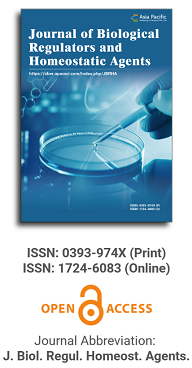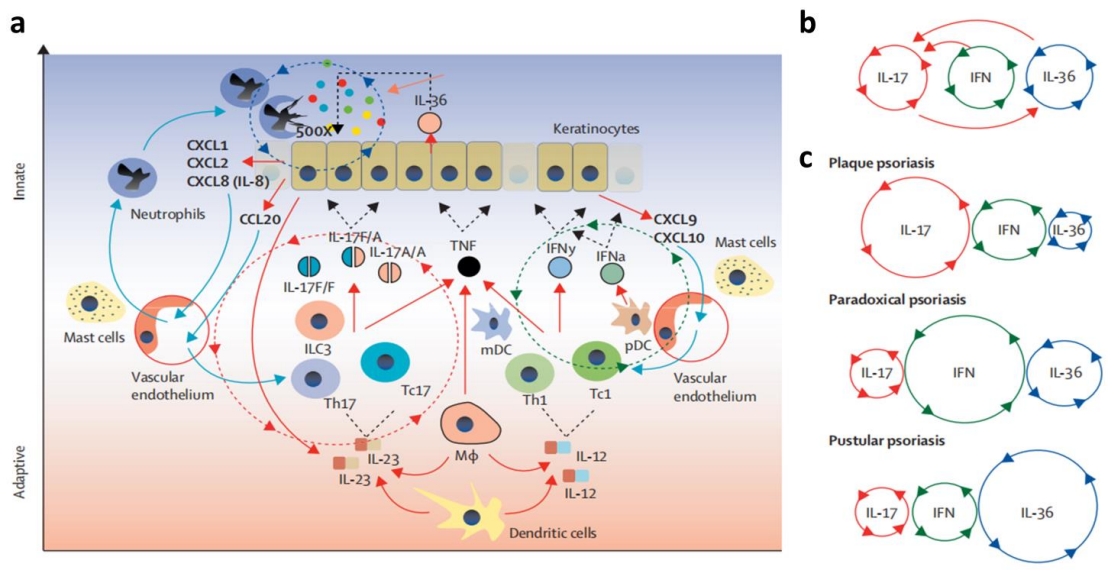
Asia Pacific Academy of Science Pte. Ltd. (APACSCI) specializes in international journal publishing. APACSCI adopts the open access publishing model and provides an important communication bridge for academic groups whose interest fields include engineering, technology, medicine, computer, mathematics, agriculture and forestry, and environment.

Fit evaluation of cad/cam fabricated all-ceramic restorations based on direct and indirect digitalization in vivo: a systematic review
Vol 33, Issue 3S1, 2019
Abstract
The aim of this study was to compare the fit of all-ceramic restorations on natural teeth fabricated through a direct digital workflow or an indirect digital workflow. An electronic search of publications was established from three electronic databases: Cochrane, PubMed and Web of Science. The search strategy used a combination of controlled vocabulary and free-text words. The detailed search design and strategies, including keywords, are presented below. The authors used two filters to follow data for the research: papers written in English and published in the last 5 years. The search resulted in 3042 titles. Following the first stage of screening, after the records identification through database manual searching, 3047 potentially relevant studies were identified. After the second stage screening, 38 full text publications were obtained and analyzed and 17 were excluded. Afterwards, 22 articles resulted eligible after full text reading and a cross search of the articles references was accomplished and 5 articles were consequently added. At last, 6 articles were included in the quantitative analysis. This study was designed to compare the fit of restorations obtained by means of a direct or indirect digital workflow. The values reported on the maximum acceptable gap in scientific literature range from 50 to 200 μm, so there does not seem to be an objective limit based on scientific evidence. According to the most accepted marginal discrepancy in the literature, most of the values of the studies examined are in the 200 μm acceptability range. Within the limitations of this systematic review, computer-aided design and computer-aided manufacturing (CAD/CAM) fabricated restorations obtained by means of an intraoral scanner (IOS) showed better marginal and internal fit than restorations obtained through conventional impression and subsequent laboratory scanning. According to the results of this systematic review, the direct digital workflow resulted as a valid alternative to the indirect digital workflow to produce CAD/CAM all-ceramic restorations.
Keywords
References
Supporting Agencies
Copyright (c) 2019 L. Arcuri, C. Lorenzi, N. Bianchi, E. Marchetti, A. Barlattani

This site is licensed under a Creative Commons Attribution 4.0 International License (CC BY 4.0).

Medical Genetics, University of Torino Medical School, Italy

Department of Biomedical, Surgical and Dental Sciences, University of Milan, Italy

